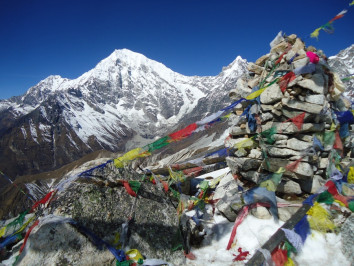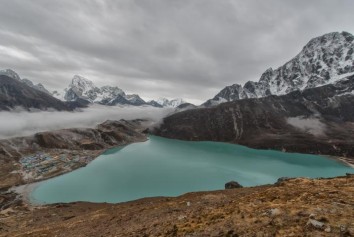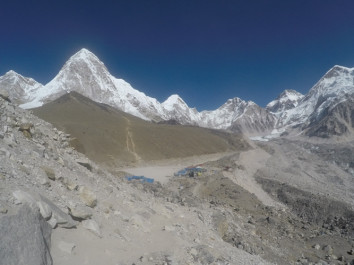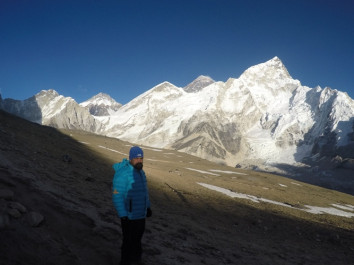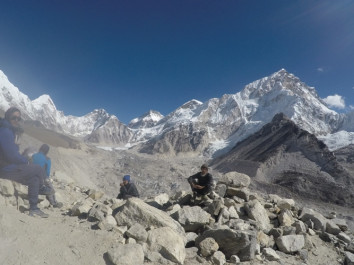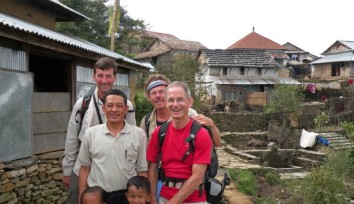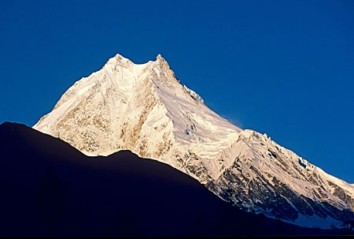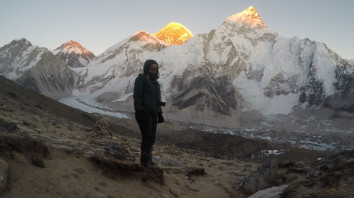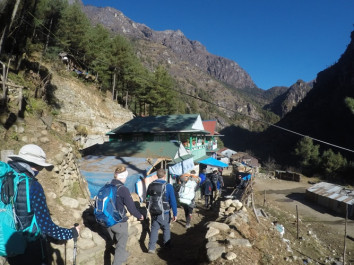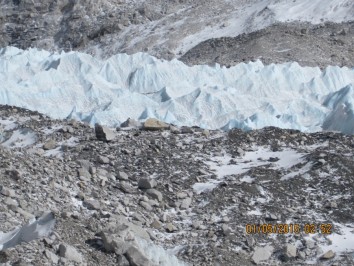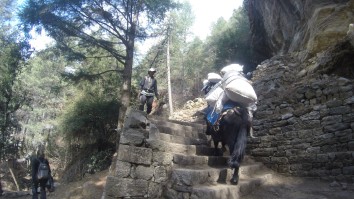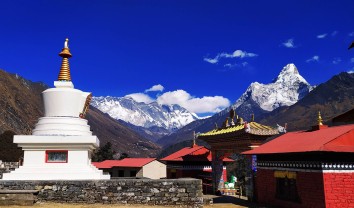Everest trekking in Nepal
Trekking to Everest Base Camp in Nepal is one of the most iconic and sought-after adventures in the world.
Table of Contents
Here's some basic information to help you plan your Everest trekking adventure:
-
Route: The trek to Everest Base Camp typically starts from Lukla, a small town with an airport in the Khumbu region of Nepal. From Lukla, trekkers make their way through various Sherpa villages, including Namche Bazaar, Tengboche, Dingboche, and Gorak Shep, before finally reaching Everest Base Camp.
-
Duration: The duration of the trek can vary depending on the route taken, the weather conditions, and individual trekking pace. On average, it takes around 12-14 days to complete the trek to Everest Base Camp and back. However, some trekkers prefer a longer itinerary to allow for better acclimatization and exploration.
-
Altitude: One of the significant challenges of trekking to Everest Base Camp is dealing with the high altitude. Trekkers need to be prepared for altitude sickness and acclimatize properly to avoid health issues. It's essential to ascend gradually, stay hydrated, and listen to your body.
-
Permits: Trekkers need to obtain certain permits before embarking on the Everest Base Camp trek. The Sagarmatha National Park Permit and the TIMS (Trekkers' Information Management System) card are required for this trek. These permits can be obtained through our registered trekking agencies in Kathmandu.
-
Accommodation: There are teahouses and lodges along the Everest Base Camp trekking route where trekkers can stay overnight. These accommodations offer basic facilities such as a bed, blankets, and meals. It's essential to be prepared for basic amenities and occasionally crowded accommodations, especially during peak trekking seasons.
-
Packing List: Packing essentials include appropriate trekking gear, warm clothing layers, sturdy trekking boots, a good quality sleeping bag, sunscreen, sunglasses, water purification tablets, first aid kit, and personal toiletries. It's also advisable to bring some cash, as ATMs are scarce along the trekking route.
-
Best Time to Trek: The best time to trek to Everest Base Camp 2024/2025 is during the spring (March to May) and autumn (September to November) seasons when the weather is relatively stable, and the skies are clear. These seasons offer the best views of the surrounding Himalayan peaks.
-
Guides and Porters: While it's possible to trek independently, many trekkers opt to hire a licensed guide and/or porter for assistance and support during the trek. Guides can provide valuable insights into the local culture, geography, and ensure a safer and more enjoyable trekking experience.
Trekking to Everest Base Camp (EBC) is an exhilarating journey that takes you through stunning landscapes, charming Sherpa villages, and up-close views of some of the world's highest peaks.
Here's a more detailed guide to help you plan your Everest Base Camp trek:
Trekking Route:
-
Starting Point: The trek usually begins with a scenic flight from Kathmandu to Lukla, a small town in the Khumbu region of Nepal. Alternatively, some trekkers opt for a multi-day trek from Jiri to Lukla, known as the "Classic Everest Base Camp Trek."
-
Key Stops: Along the way, trekkers typically make stops at various Sherpa villages and landmarks, including Namche Bazaar (the gateway to the Everest region), Tengboche Monastery (one of the most important monasteries in the region), Dingboche, Lobuche, and Gorak Shep.
-
Everest Base Camp: The climax of the trek is reaching Everest Base Camp itself, located at an altitude of about 5,364 meters (17,598 feet). While EBC offers breathtaking views of the Khumbu Icefall and surrounding peaks, it's not the vantage point for viewing the summit of Mount Everest itself.
Duration:
- The standard Everest Base Camp trek typically takes around 12-14 days to complete, including acclimatization days for altitude adjustment.
- However, some trekkers prefer a longer itinerary for a more relaxed pace and better acclimatization, extending the trek to 16-18 days.
Altitude and Acclimatization:
- Altitude sickness is a significant concern during the Everest Base Camp trek. Adequate acclimatization is crucial to minimize the risk of altitude-related illnesses.
- The trek itinerary typically includes rest days at strategic points, such as Namche Bazaar and Dingboche, to allow trekkers to acclimatize properly.
Permits:
- Trekkers need to obtain permits for the Everest Base Camp trek, including the Sagarmatha National Park Permit, the TIMS (Trekkers' Information Management System) card and Khumbu Gaupalika entry fee.
- These permits can be obtained through our registered trekking agencies in Kathmandu.
Accommodation:
- Accommodation along the Everest Base Camp trekking route primarily consists of teahouses or lodges operated by local Sherpa families.
- These teahouses offer basic facilities such as a bed, blankets, and meals (mostly traditional Nepali and Sherpa dishes).
Best Time to Trek:
- The best times to trek to Everest Base Camp are during the spring (March to May) and autumn (September to November) seasons.
- During these seasons, the weather is generally favorable, with clear skies and stable conditions, offering excellent views of the surrounding Himalayan peaks.
Guided vs. Independent Trekking:
- While it's possible to trek to Everest Base Camp independently, many trekkers opt to hire a licensed guide and/or porter for support and assistance.
- Guides can provide valuable insights into the local culture, geography, and ensure a safer and more enjoyable trekking experience.
Essential Packing List:
- Trekking gear (appropriate clothing, trekking boots, backpack)
- Warm clothing layers (fleece jackets, down jackets, thermal wear)
- Sleeping bag (suitable for cold temperatures)
- Sunscreen, sunglasses, and lip balm (to protect against UV exposure)
- Water purification tablets or filtration system
- First aid kit (including medications for altitude sickness)
- Personal toiletries and hygiene products
- Snacks and energy bars
- Cash (ATMs are scarce along the trekking route)
Safety Precautions:
- Stay hydrated by drinking plenty of water throughout the Nepal trekking.
- Listen to your body and take breaks as needed to avoid overexertion.
- Follow the advice of your guide regarding altitude sickness prevention and treatment.
- Be prepared for changing weather conditions and sudden changes in altitude.
Trekking to Everest Base Camp is a challenging yet incredibly rewarding adventure. With proper planning, preparation, and a sense of adventure, you can embark on an unforgettable journey to the foot of the world's highest peak. Remember that trekking to Everest Base Camp requires adequate physical fitness, proper preparation, and respect for the natural environment and local culture. It's essential to research thoroughly, plan accordingly, and be prepared for the challenges and rewards of this incredible adventure.
Recent Posts
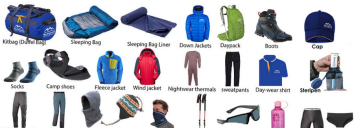
20th Oct, 2022
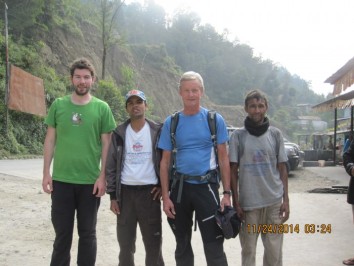
20th Oct, 2022
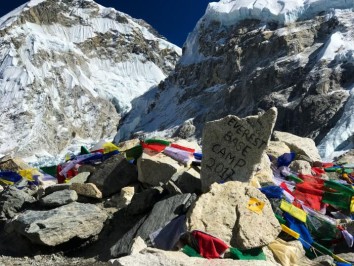
20th Sep, 2020
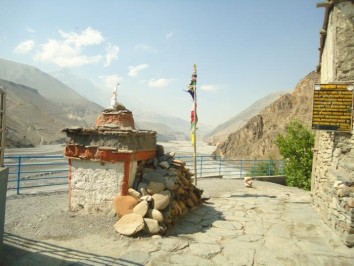
1st Sep, 2020

13th Nov, 2022

13th Nov, 2022
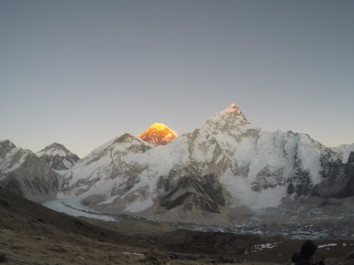
12th Sep, 2017
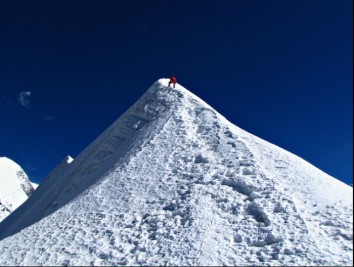
23rd Sep, 2015
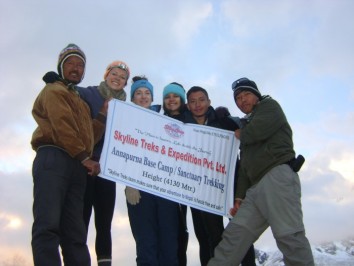
14th Aug, 2016
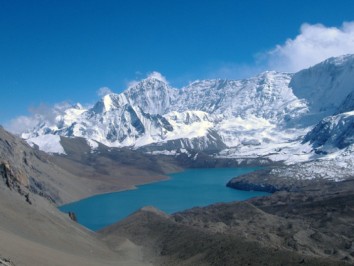
12th Aug, 2016
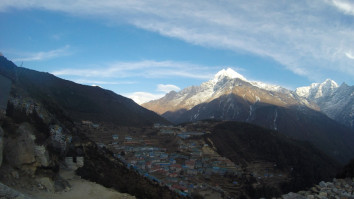
5th Apr, 2017
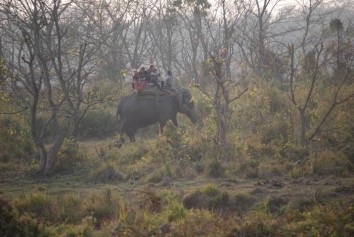
15th Jan, 2017
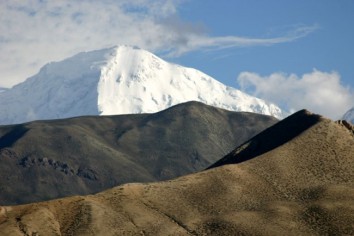
9th Jun, 2016
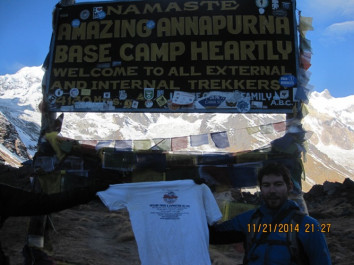
6th Jun, 2017
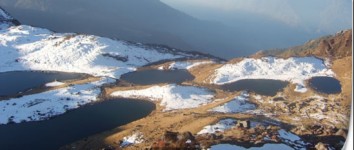
14th Sep, 2015
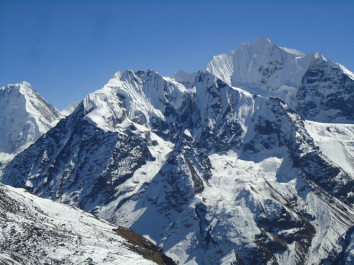
11th Aug, 2016
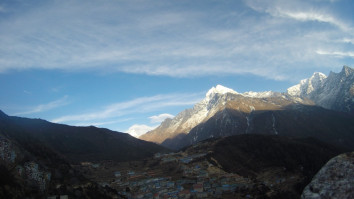
10th Apr, 2017
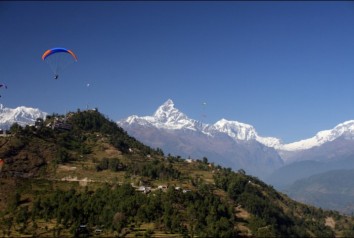
4th Oct, 2015
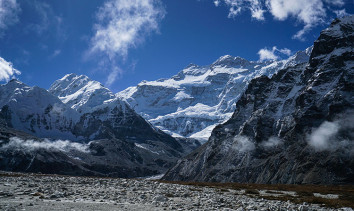
1st Oct, 2015
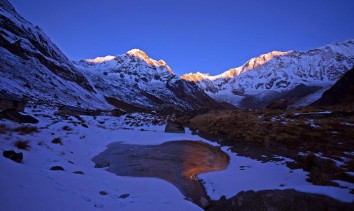
15th Jan, 2018

4th Sep, 2017
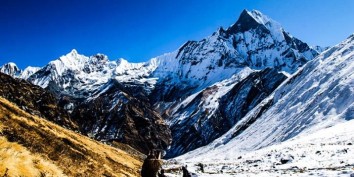
16th Jun, 2017
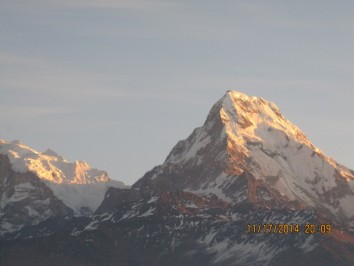
2nd Dec, 2017
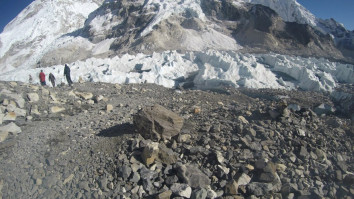
12th Oct, 2015
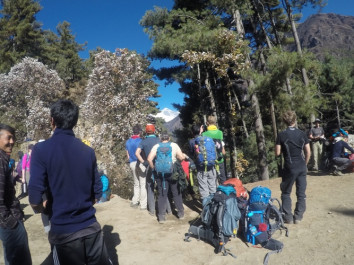
30th Jun, 2016
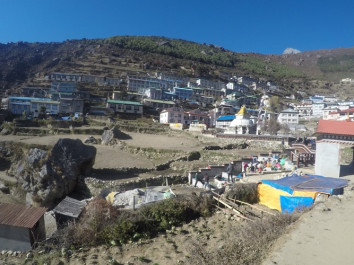
13th Apr, 2017
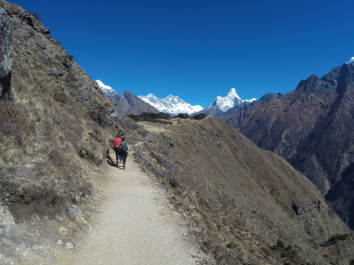
7th Jun, 2016
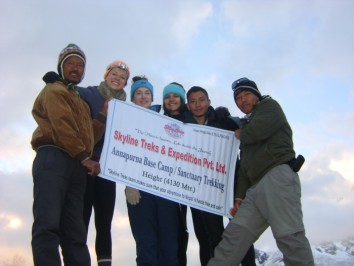
22nd Aug, 2017
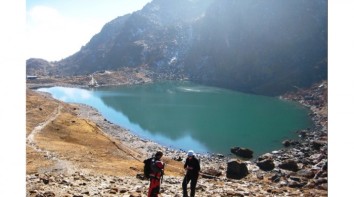
10th Sep, 2015
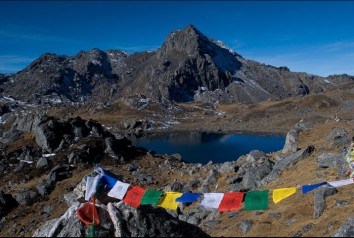
28th Aug, 2015
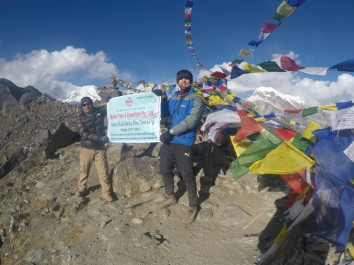
4th Jul, 2016
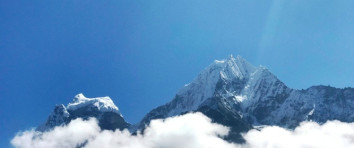
7th Oct, 2015
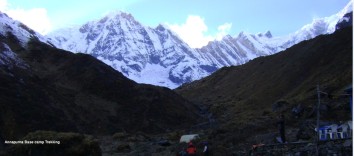
6th Dec, 2017
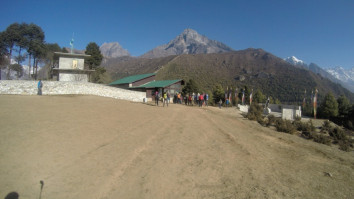
10th Jun, 2016
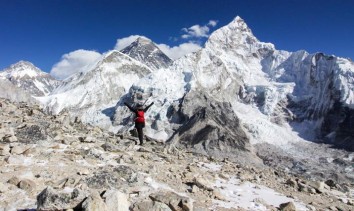
8th Jan, 2018
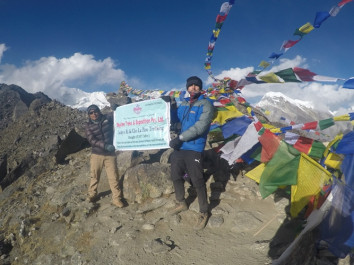
8th Jun, 2016
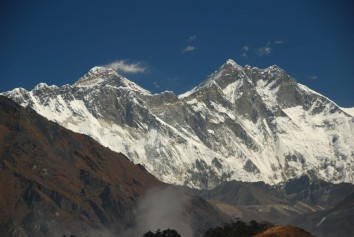
31st Aug, 2017
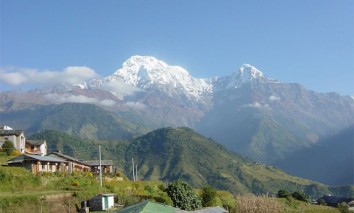
19th Sep, 2017
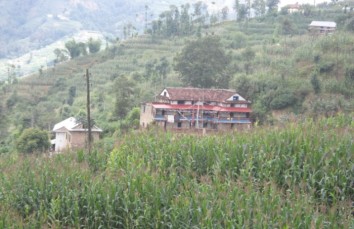
18th Aug, 2015
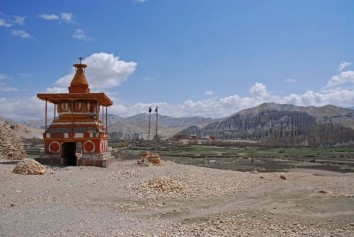
7th Aug, 2018
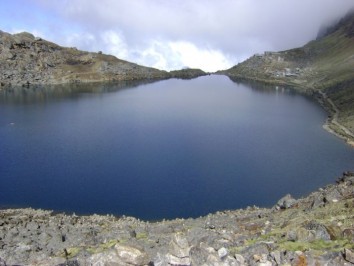
12th Sep, 2017

6th Mar, 2020
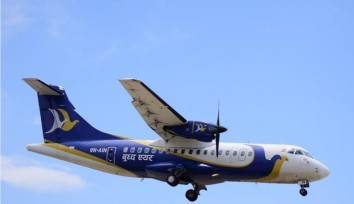
19th Sep, 2017
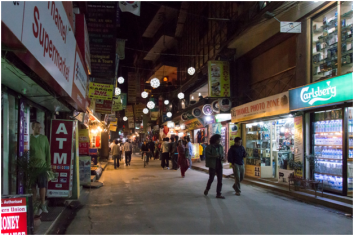
16th Feb, 2020

13th Dec, 2017

17th Jun, 2016
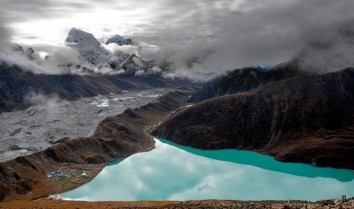
8th Dec, 2017
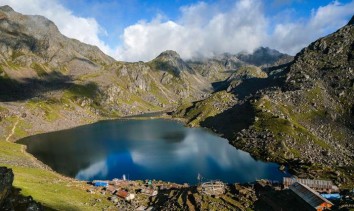
28th Jun, 2017
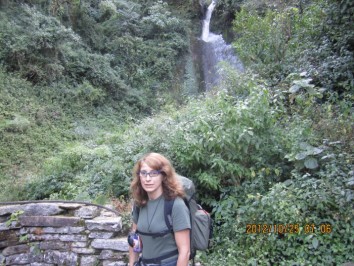
14th Oct, 2015
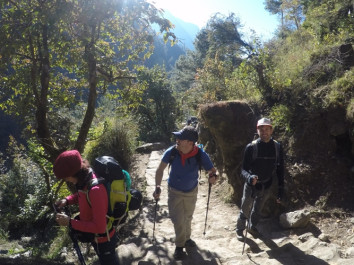
11th Jul, 2016
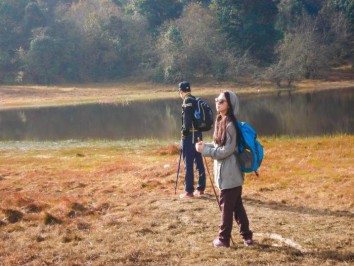
21st Jun, 2017
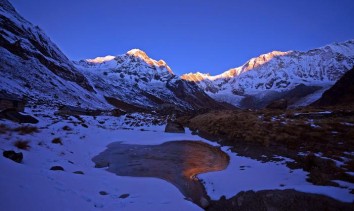
11th Jul, 2020
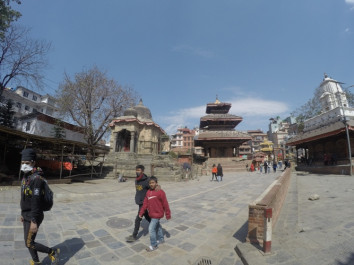
16th Aug, 2015
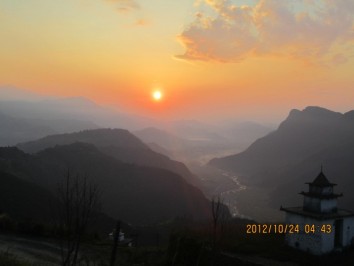
21st Sep, 2015
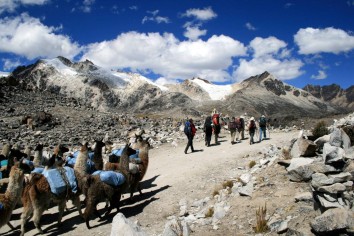
5th Mar, 2020
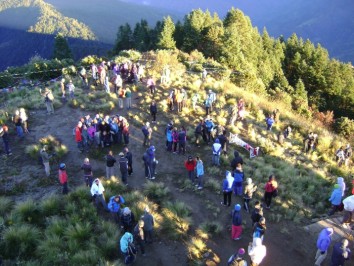
12th Jun, 2017
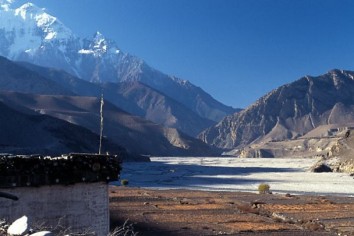
3rd Aug, 2018
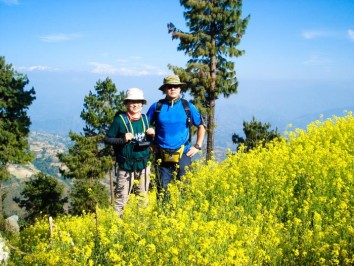
3rd Sep, 2015
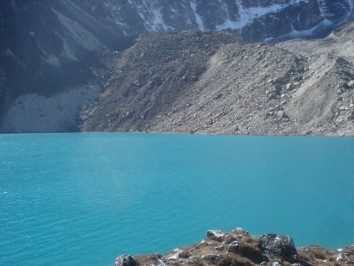
25th Jun, 2017
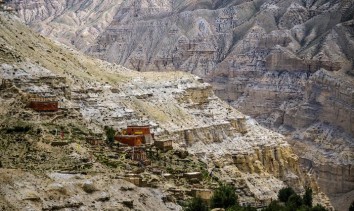
2nd Sep, 2020
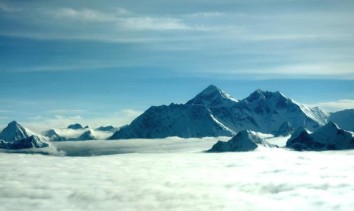
3rd Jul, 2016
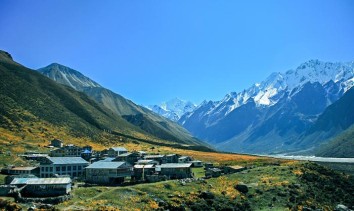
24th Jun, 2016
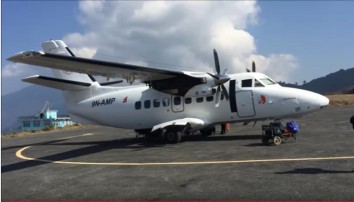
11th Aug, 2017
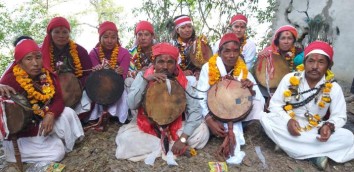
12th Jun, 2016
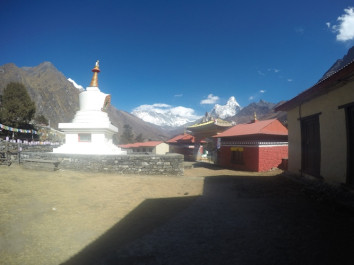
11th Sep, 2015
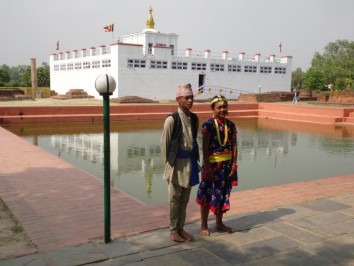
6th Aug, 2017
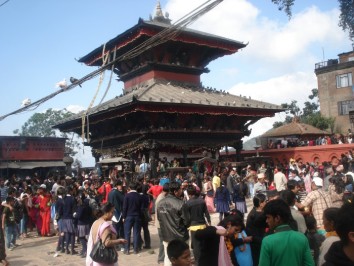
3rd Aug, 2017
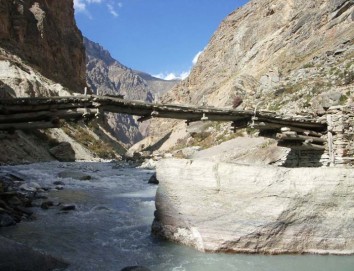
26th Jun, 2016
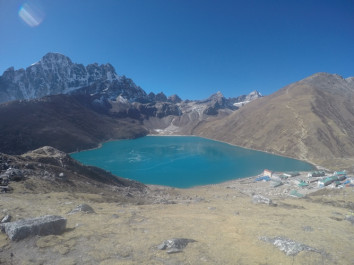
6th Jun, 2016
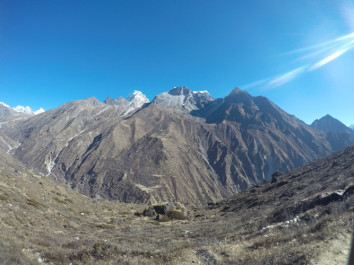
30th Aug, 2015
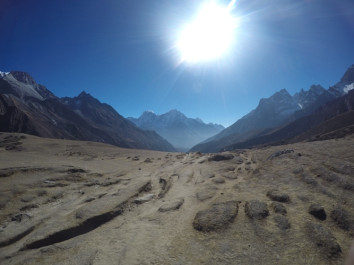
7th Sep, 2015

26th Aug, 2015
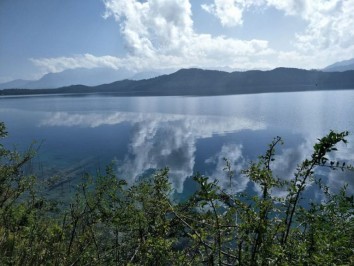
5th Sep, 2015
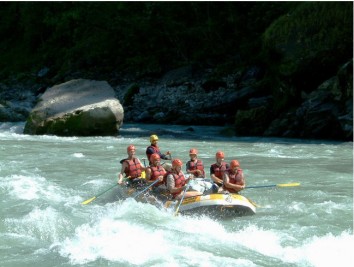
16th Sep, 2015
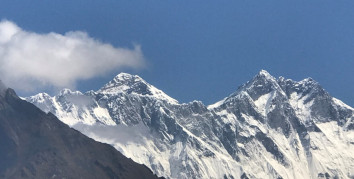
20th Sep, 2015
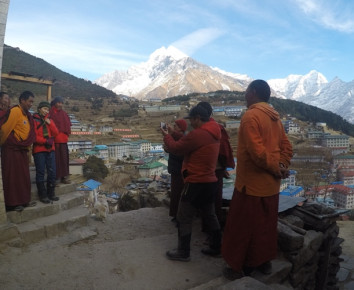
16th Jun, 2016
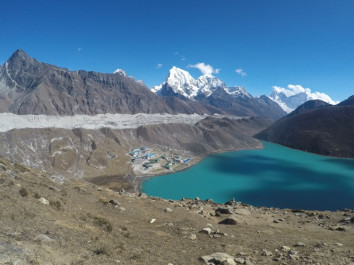
15th Dec, 2016
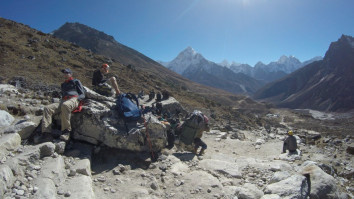
6th Jul, 2016
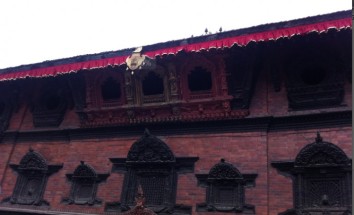
22nd Mar, 2020
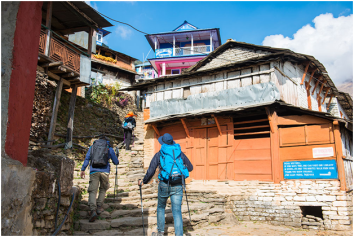
10th Mar, 2020
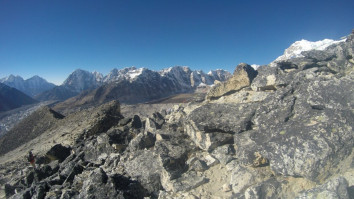
5th Aug, 2016
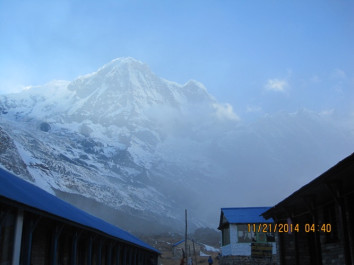
23rd Sep, 2016
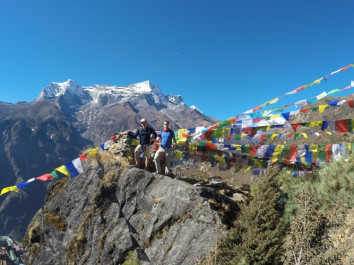
1st Sep, 2015
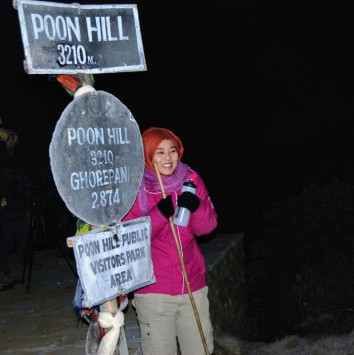
13th Dec, 2017
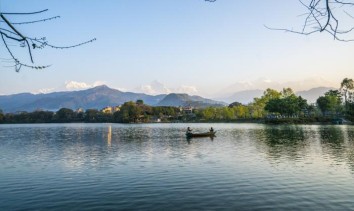
20th Jul, 2017
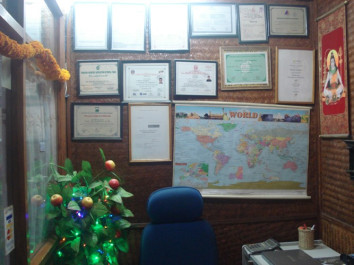
12th Aug, 2015
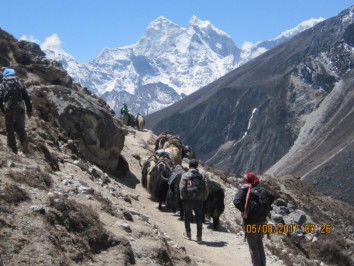
17th Nov, 2017
24th Aug, 2015
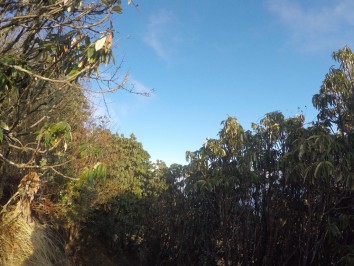
18th Sep, 2017
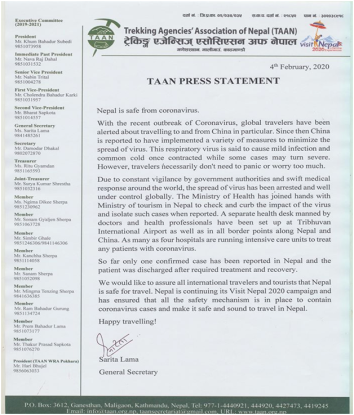
23rd Feb, 2020
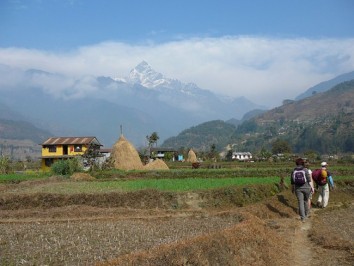
14th Jun, 2017
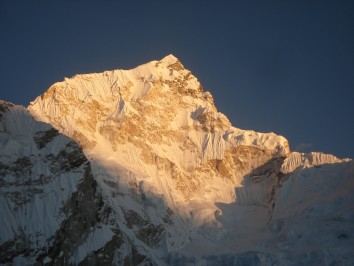
26th Jun, 2017
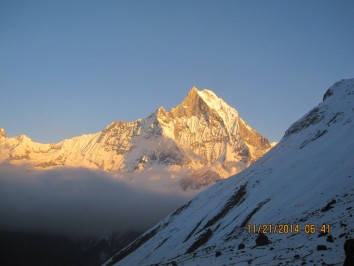
19th Aug, 2015
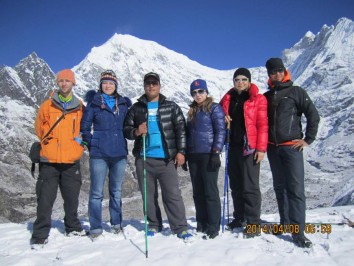
7th Apr, 2017
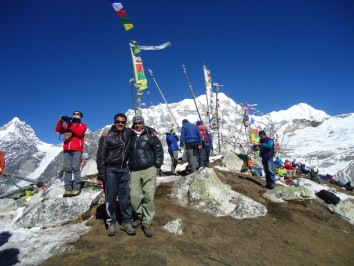
1st Jul, 2016
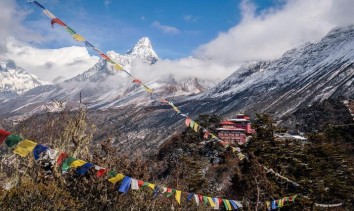
20th Sep, 2016

5th Jul, 2016
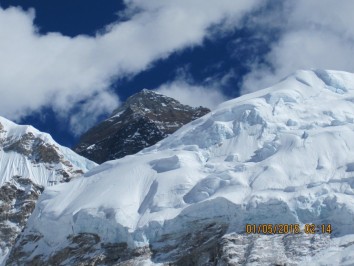
10th Jul, 2016
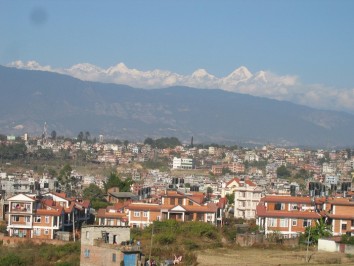
12th Mar, 2020
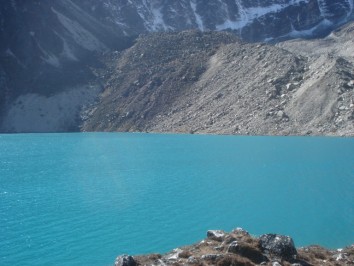
30th Jun, 2017
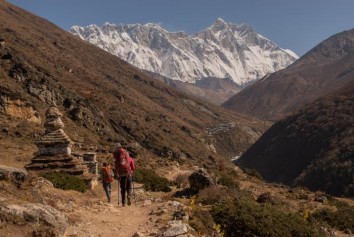
30th Aug, 2018

23rd Jul, 2017
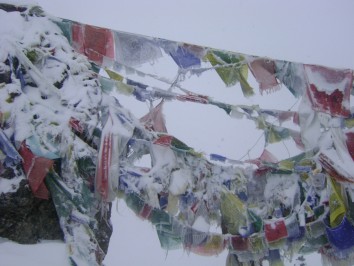
12th Jan, 2017
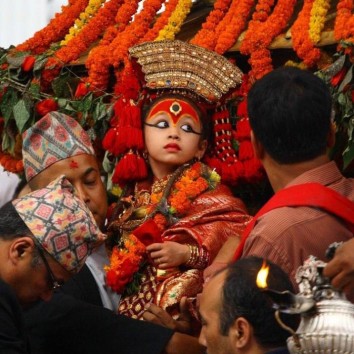
23rd Jul, 2017
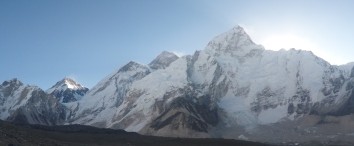
11th Aug, 2017
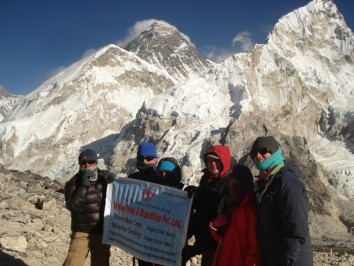
2nd Jul, 2017
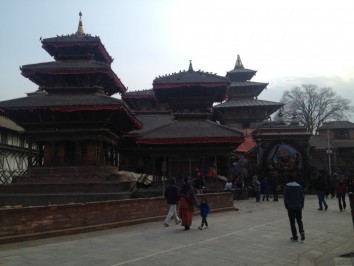
4th Sep, 2018
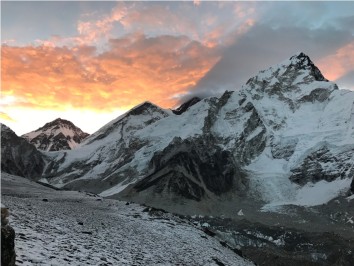
11th Aug, 2017
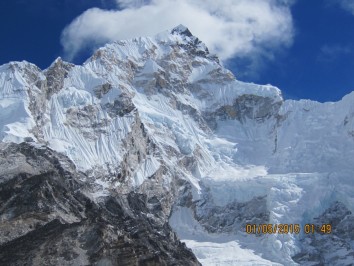
27th Jun, 2016
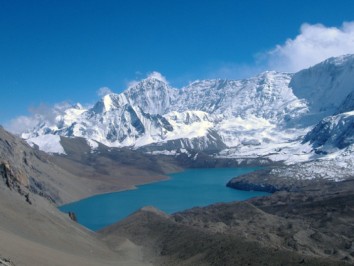
2nd Apr, 2017
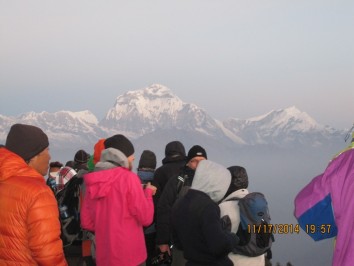
28th Jun, 2016
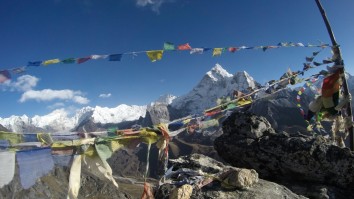
23rd Jun, 2016
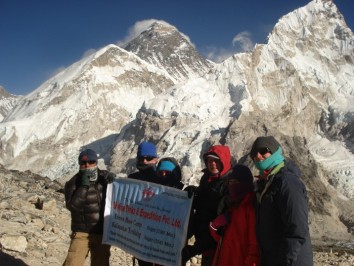
21st Sep, 2018
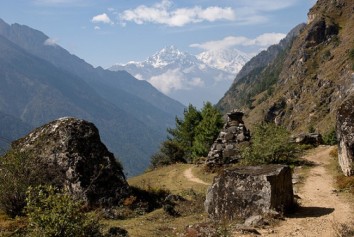
25th Sep, 2015

15th Sep, 2017
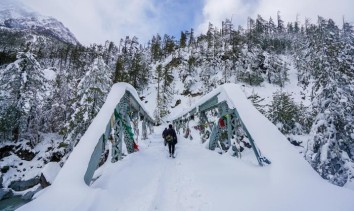
21st Jun, 2016
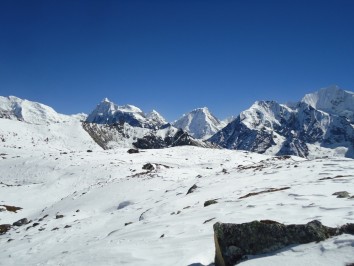
21st Aug, 2015
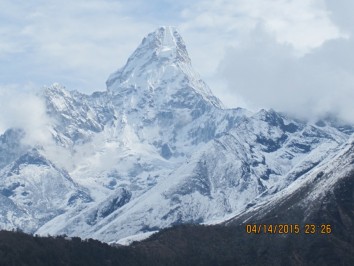
8th Jul, 2016
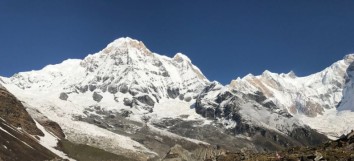
1st Jan, 2018

28th Sep, 2015
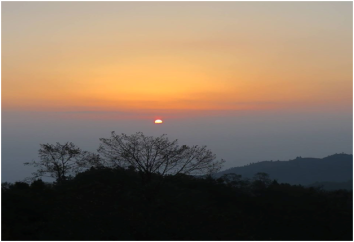
5th Mar, 2020
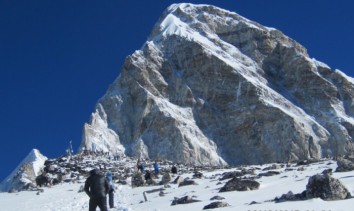
12th Sep, 2017
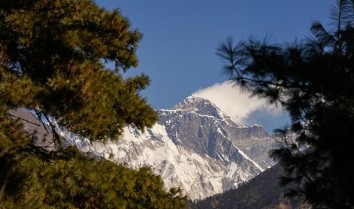
12th Sep, 2020

22nd Aug, 2017
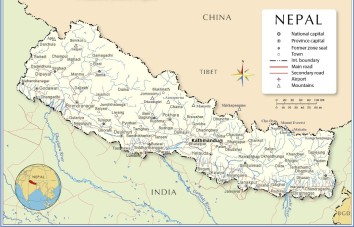
18th Aug, 2017
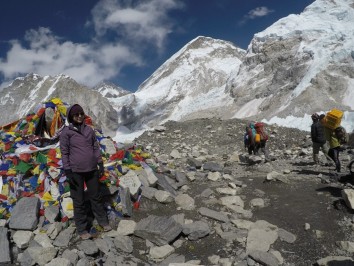
27th Sep, 2016
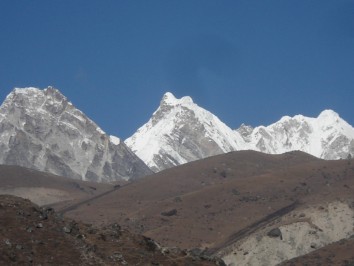
13th Jan, 2016
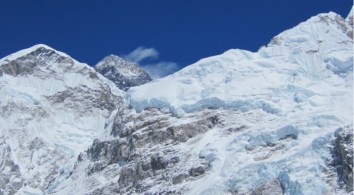
18th Aug, 2017

23rd Feb, 2020

6th May, 2018

31st Aug, 2017

17th Feb, 2020
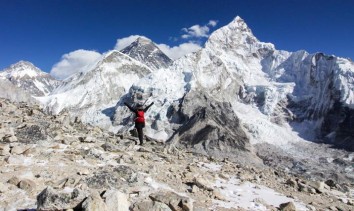
23rd Oct, 2017
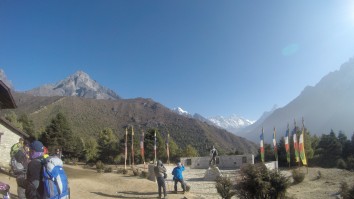
2nd Jul, 2016

9th Aug, 2016
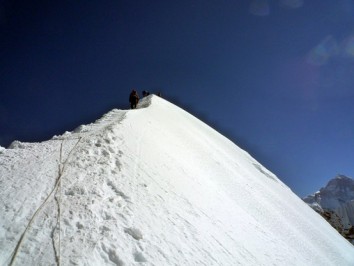
23rd Nov, 2022
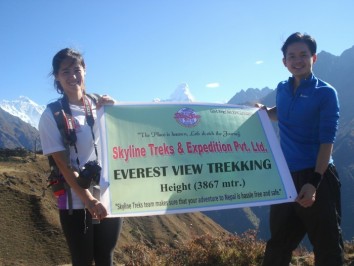
23rd Nov, 2022
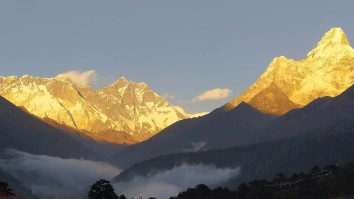
18th Dec, 2022
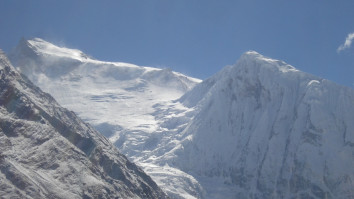
11th Mar, 2023
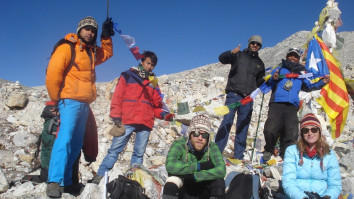
11th Mar, 2023
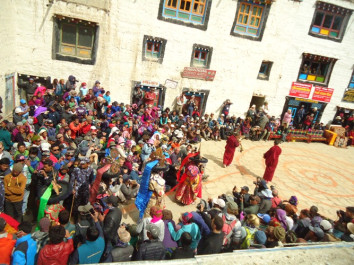
13th Mar, 2023
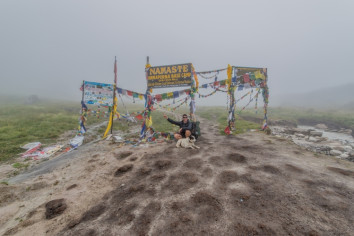
14th Mar, 2023
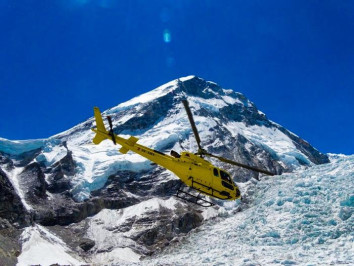
15th Mar, 2023
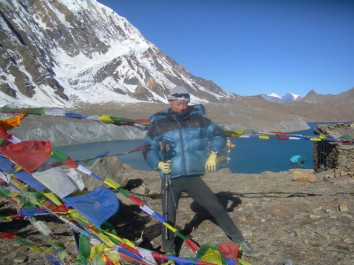
16th Mar, 2023
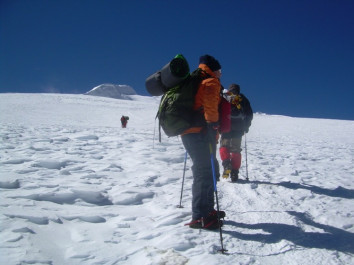
17th Mar, 2023
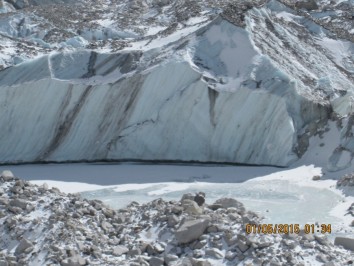
18th Mar, 2023
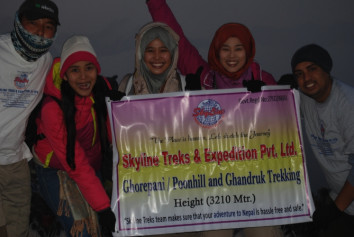
19th Mar, 2023
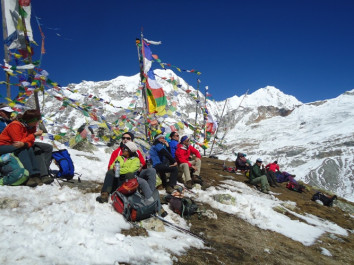
20th Mar, 2023
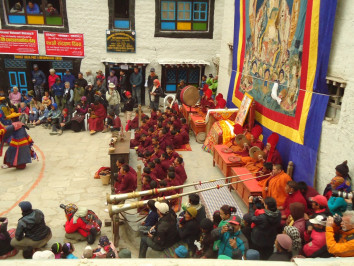
23rd Mar, 2023
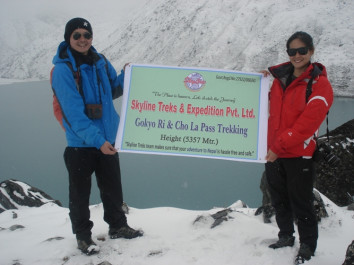
26th Mar, 2023
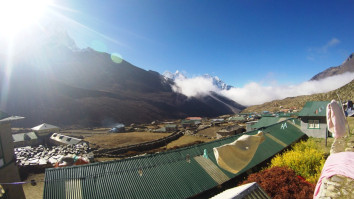
3rd Apr, 2023
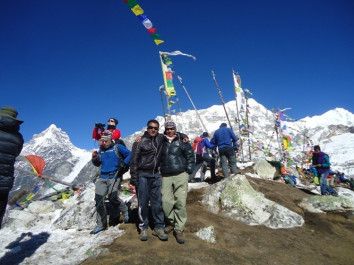
11th Apr, 2023
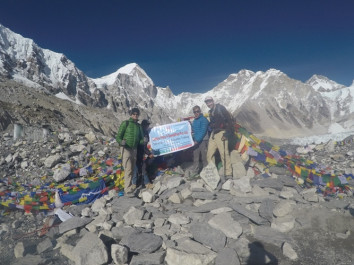
11th May, 2023
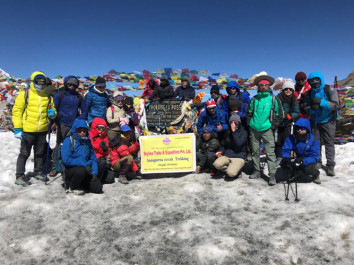
27th May, 2023
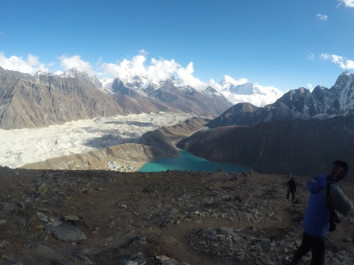
30th May, 2023
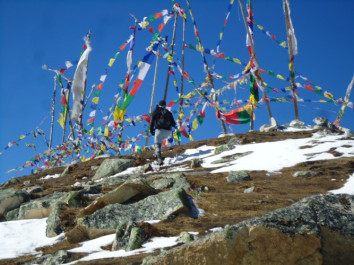
1st Jun, 2023
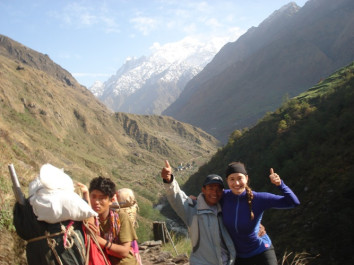
3rd Jun, 2023
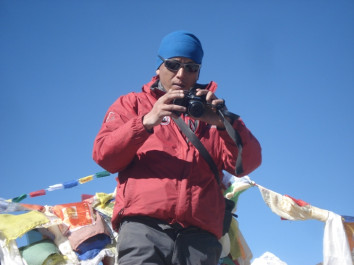
4th Jun, 2023
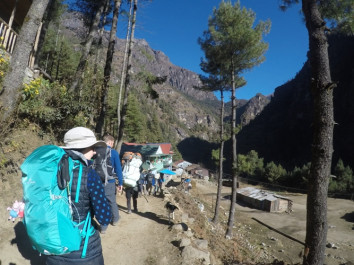
6th Jun, 2023
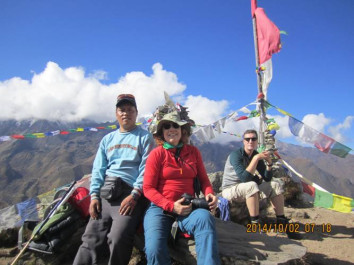
14th Jun, 2023
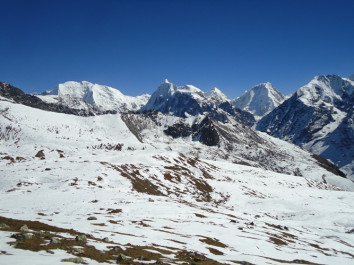
16th Jun, 2023
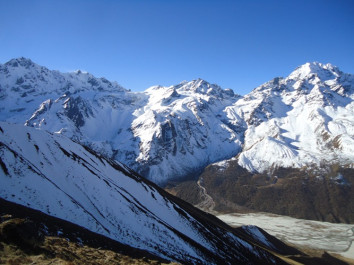
18th Jun, 2023
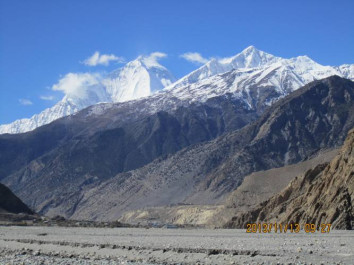
24th Jun, 2023
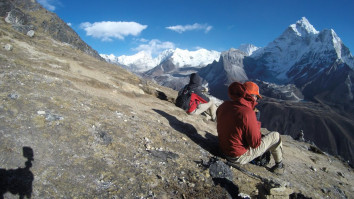
29th Jun, 2023
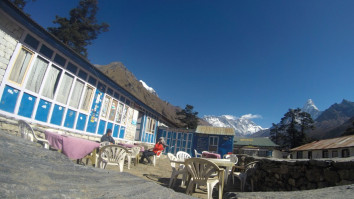
2nd Jul, 2023
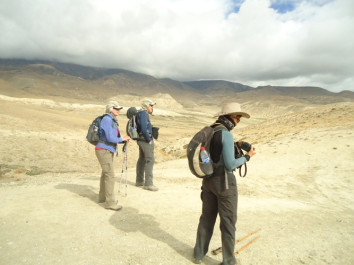
4th Jul, 2023
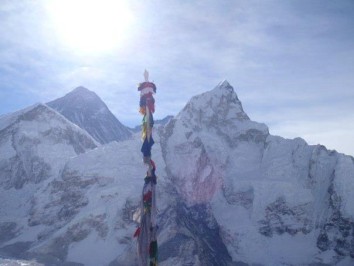
8th Jul, 2023
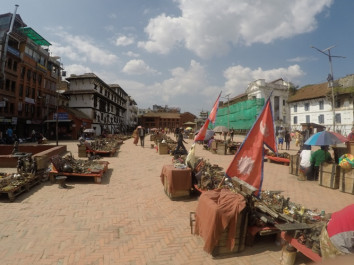
25th Jul, 2023
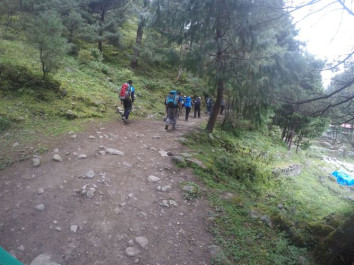
5th Aug, 2023
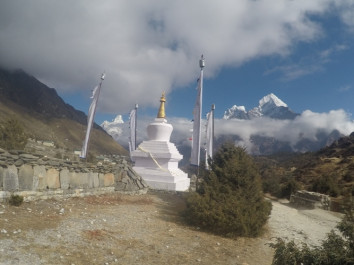
6th Aug, 2023
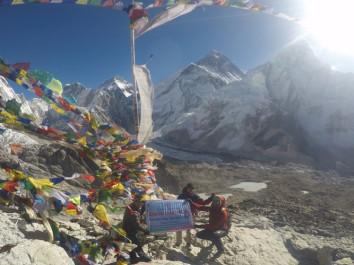
7th Aug, 2023
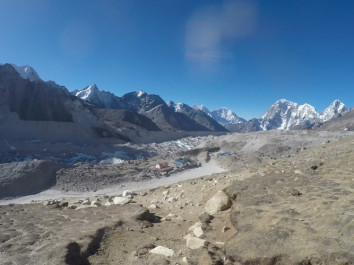
10th Aug, 2023
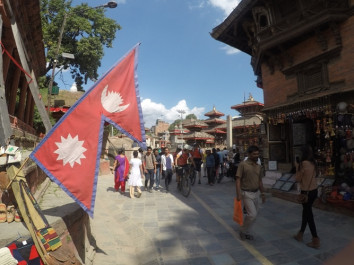
11th Aug, 2023
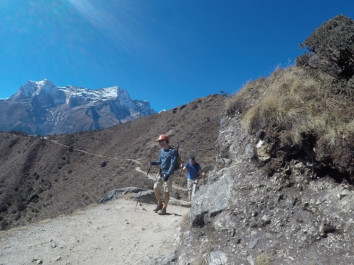
12th Aug, 2023
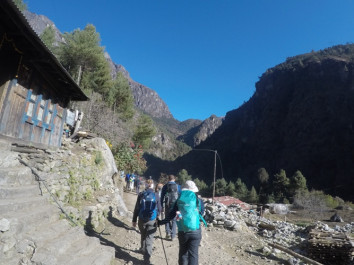
13th Aug, 2023
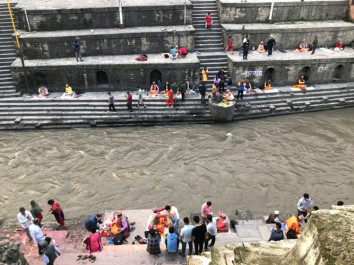
22nd Aug, 2023
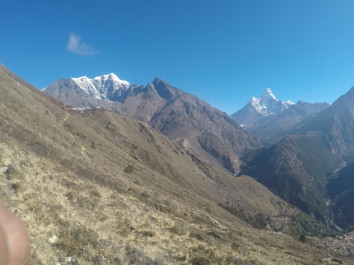
23rd Aug, 2023

24th Aug, 2023
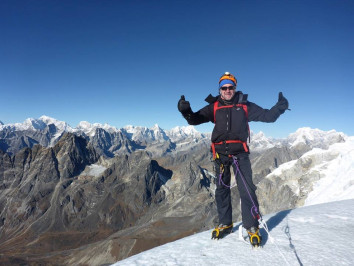
26th Aug, 2023
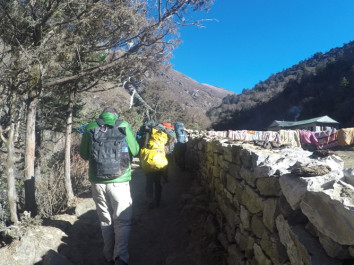
27th Aug, 2023
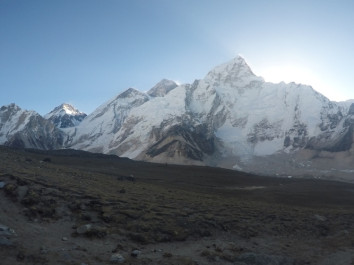
31st Aug, 2023
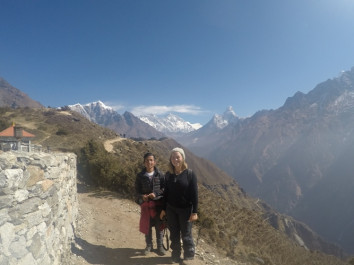
3rd Sep, 2023
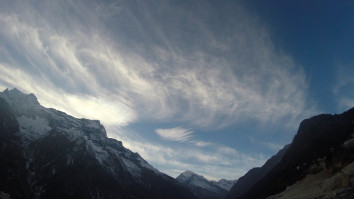
8th Sep, 2023
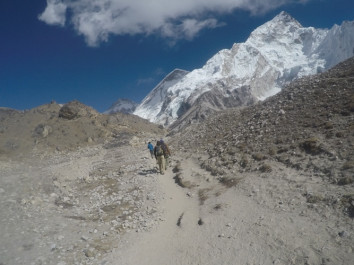
12th Sep, 2023
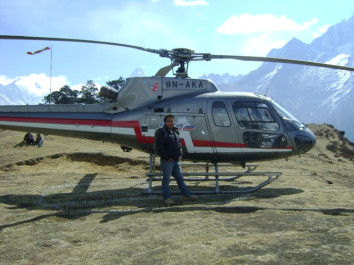
20th Sep, 2023
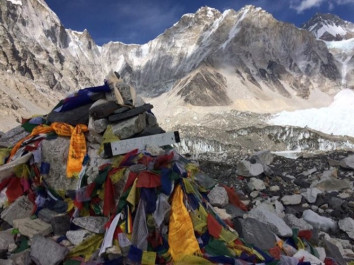
21st Sep, 2023
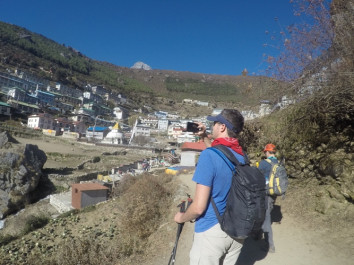
22nd Sep, 2023
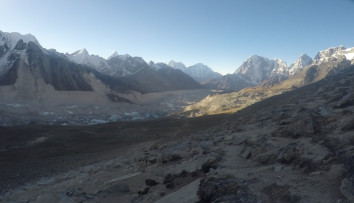
23rd Sep, 2023
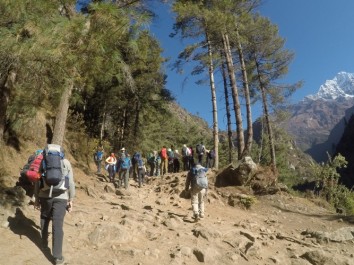
30th Sep, 2023
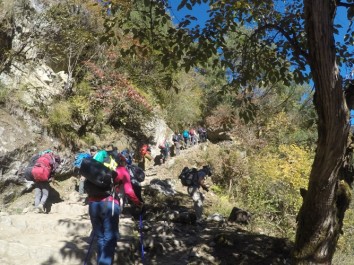
1st Oct, 2023
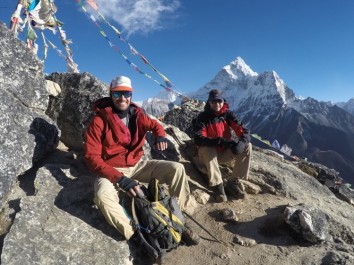
2nd Oct, 2023
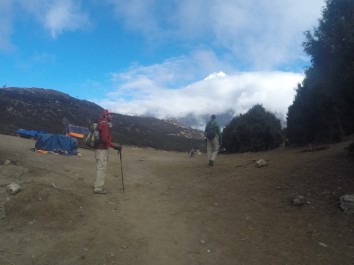
6th Oct, 2023
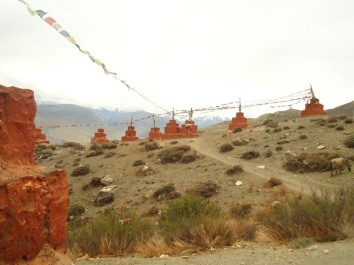
10th Oct, 2023
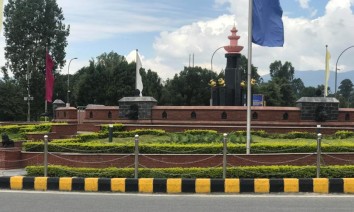
11th Oct, 2023
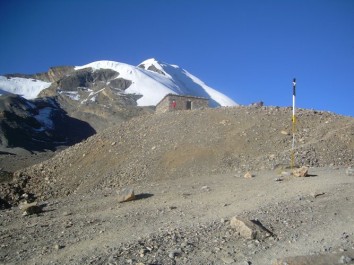
15th Oct, 2023
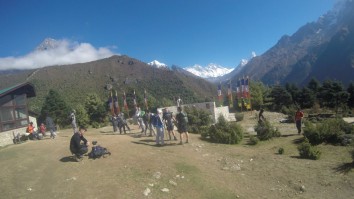
16th Oct, 2023
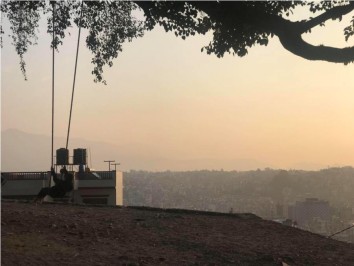
17th Oct, 2023
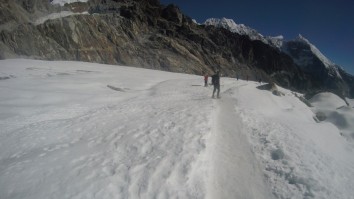
18th Oct, 2023
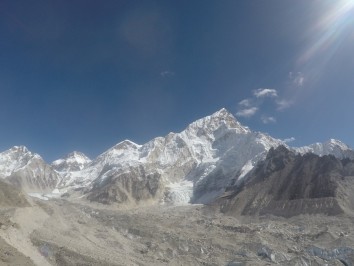
21st Oct, 2023
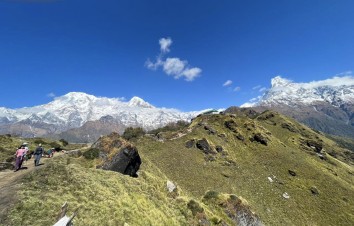
28th Oct, 2023
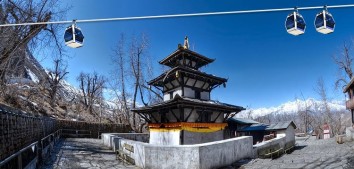
30th Oct, 2023
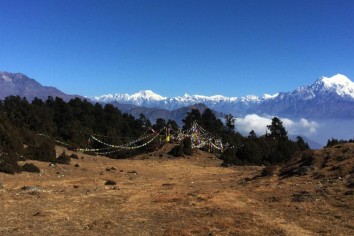
1st Nov, 2023
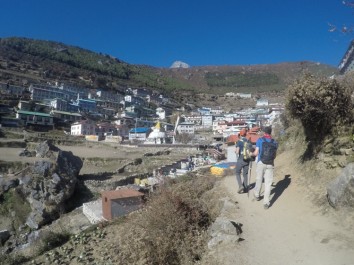
3rd Nov, 2023
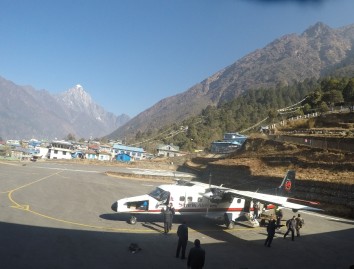
10th Nov, 2023
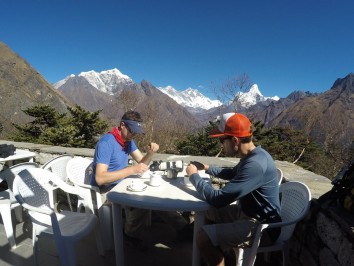
12th Nov, 2023
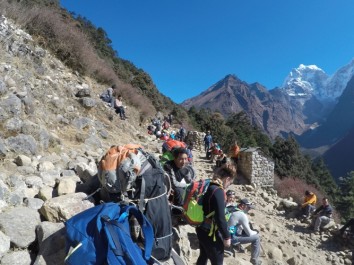
27th Nov, 2023
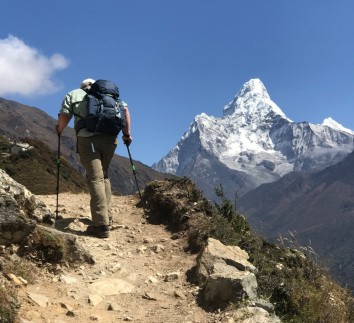
30th Nov, 2023
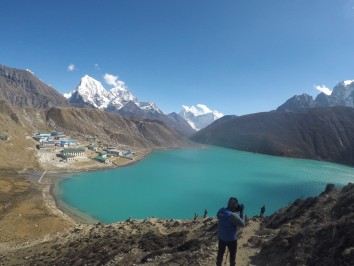
6th Dec, 2023
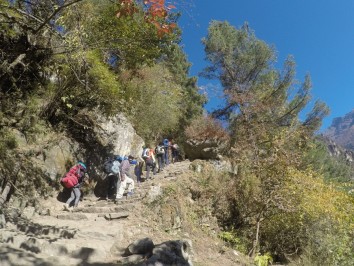
7th Dec, 2023
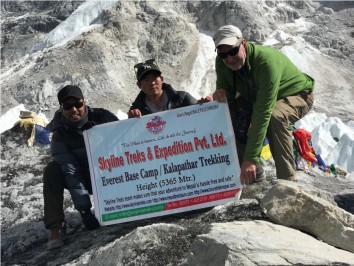
8th Dec, 2023
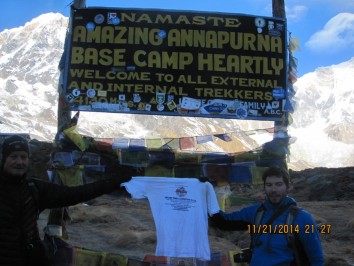
9th Dec, 2023
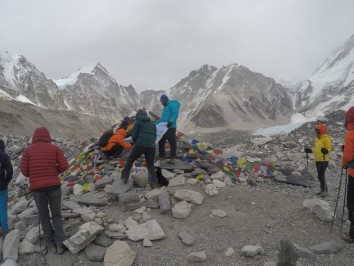
10th Dec, 2023
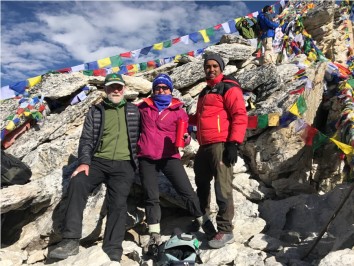
13th Dec, 2023
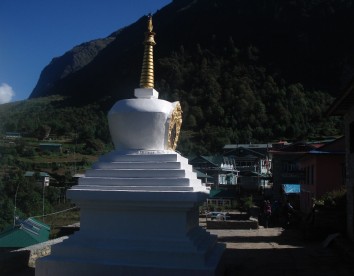
15th Dec, 2023
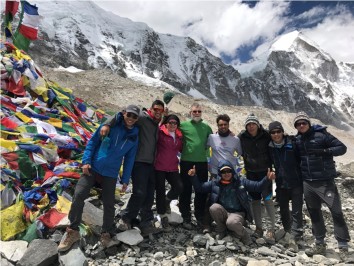
25th Dec, 2023
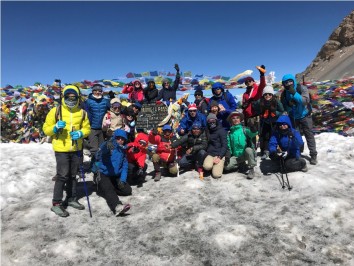
7th Jan, 2024
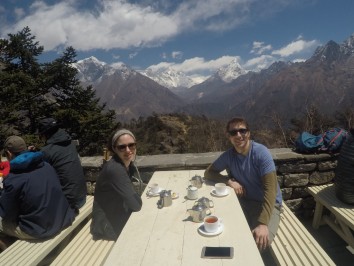
17th Jan, 2024
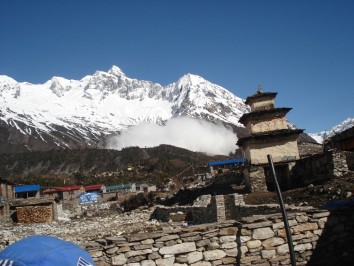
1st Feb, 2024
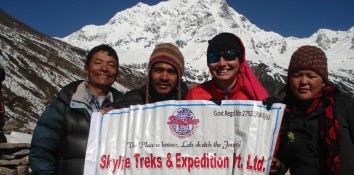
4th Feb, 2024
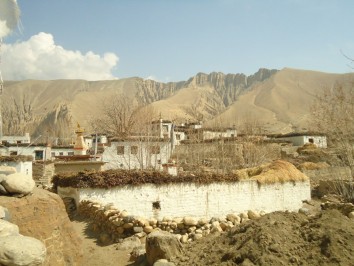
12th Feb, 2024
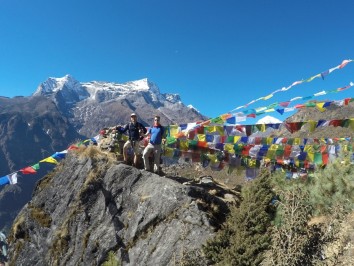
17th Feb, 2024

22nd Feb, 2024
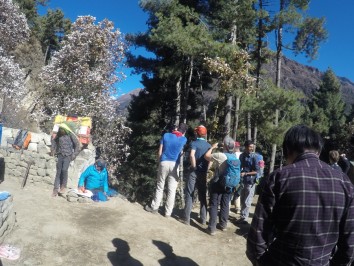
7th Mar, 2024
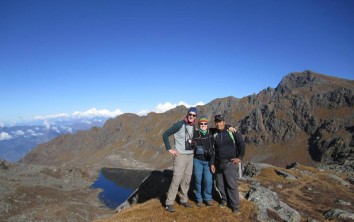
10th Mar, 2024
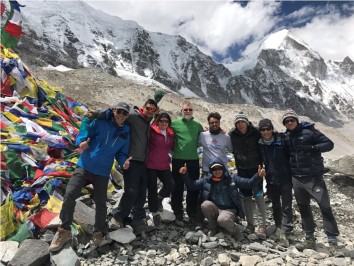
30th Mar, 2024
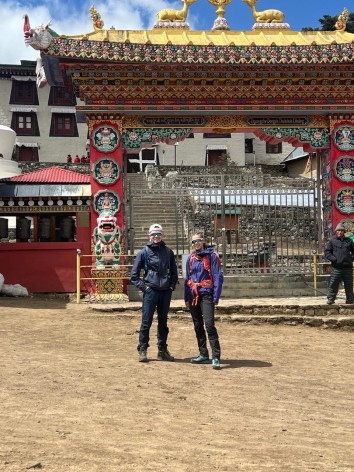
3rd Apr, 2024
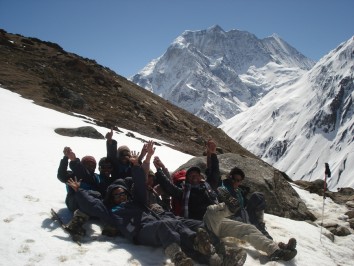
6th Apr, 2024
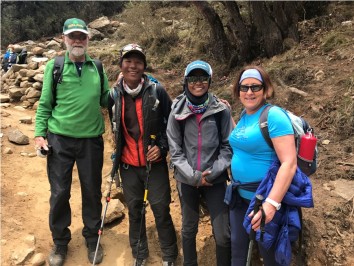
10th Apr, 2024
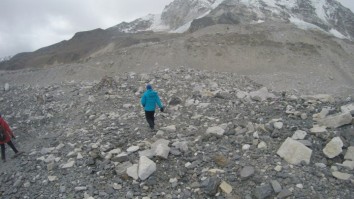
1st May, 2024
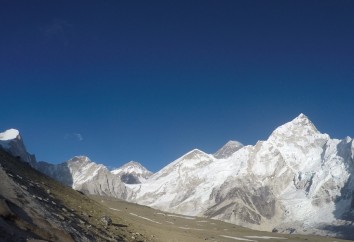
4th May, 2024
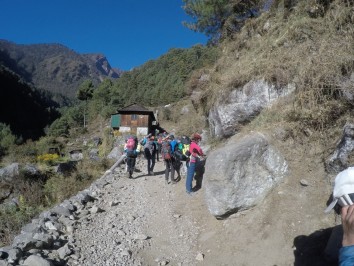
5th May, 2024
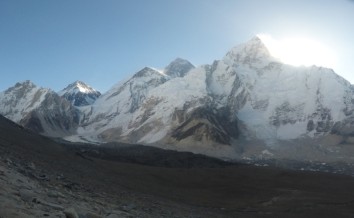
7th May, 2024
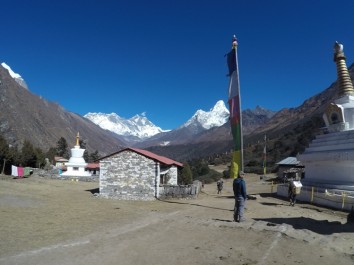
10th May, 2024
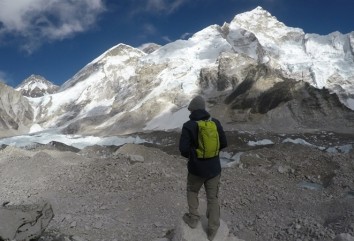
15th May, 2024
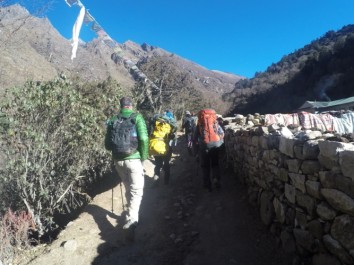
26th May, 2024
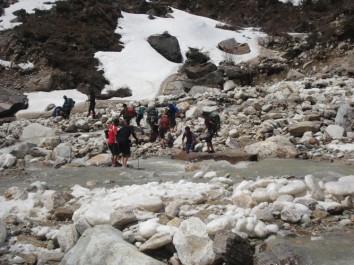
2nd Jun, 2024
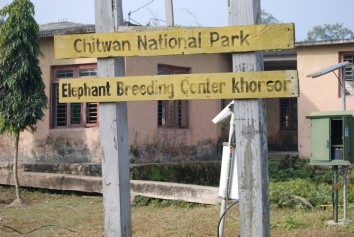
22nd Jun, 2024
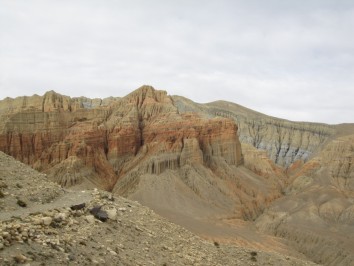
2nd Jul, 2024
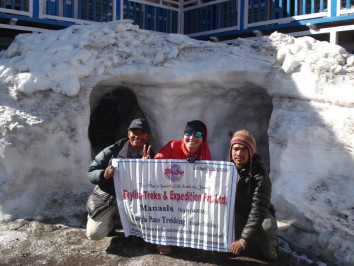
3rd Jul, 2024
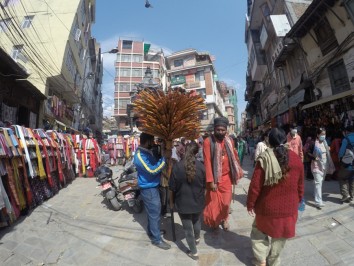
6th Jul, 2024
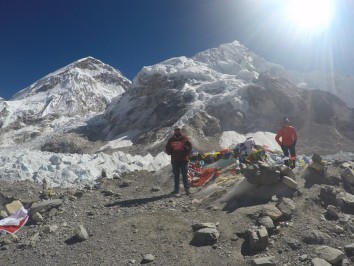
7th Jul, 2024
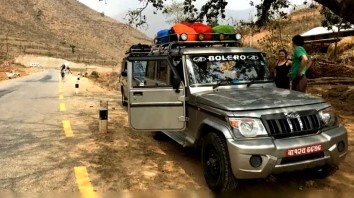
19th Jul, 2024
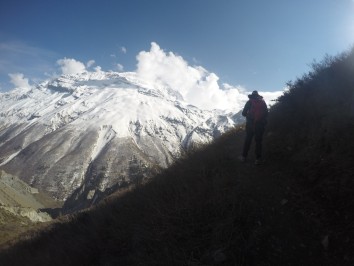
23rd Jul, 2024

28th Jul, 2024
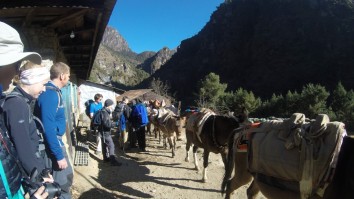
31st Jul, 2024
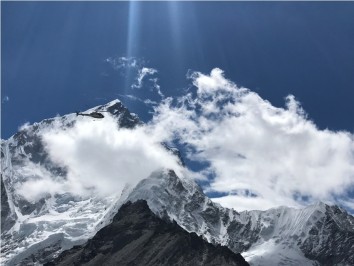
23rd Aug, 2024
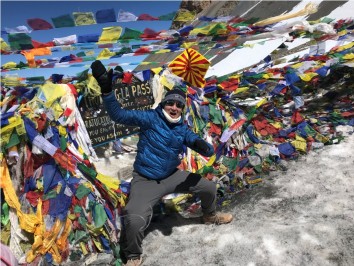
19th Oct, 2024

21st Oct, 2024
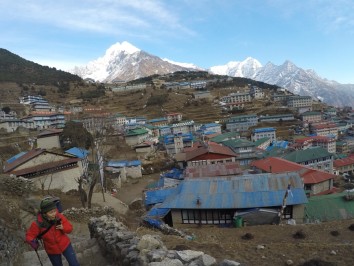
23rd Jan, 2025
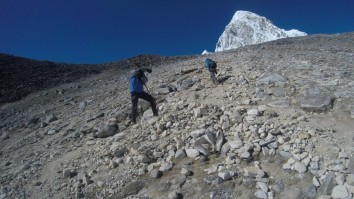
8th Feb, 2025
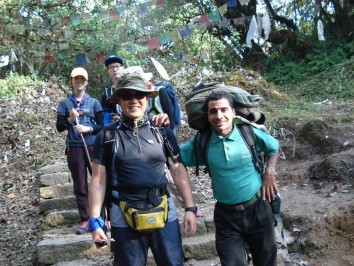
9th Mar, 2025
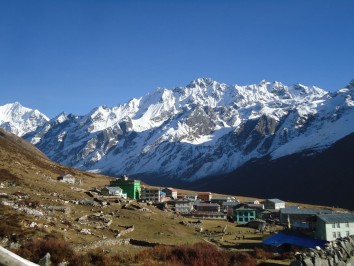
15th Mar, 2025
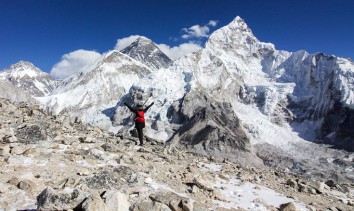
17th Mar, 2025
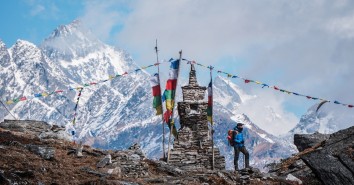
18th Mar, 2025

19th Mar, 2025
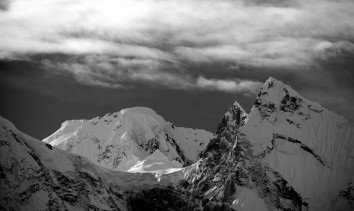
20th Mar, 2025

23rd Mar, 2025
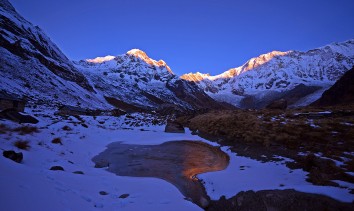
6th Apr, 2025
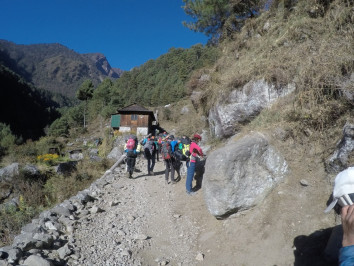
6th Apr, 2025
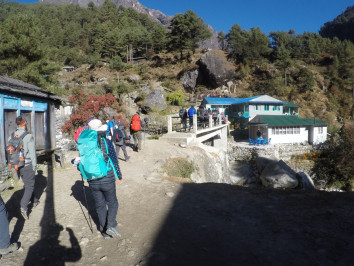
6th Apr, 2025
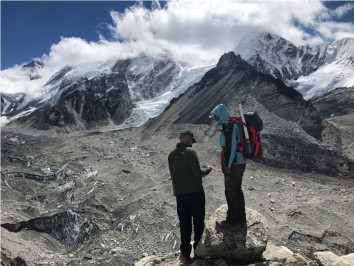
9th Apr, 2025
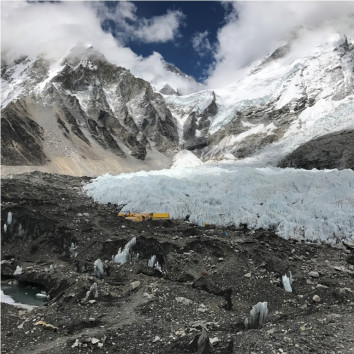
9th Apr, 2025
